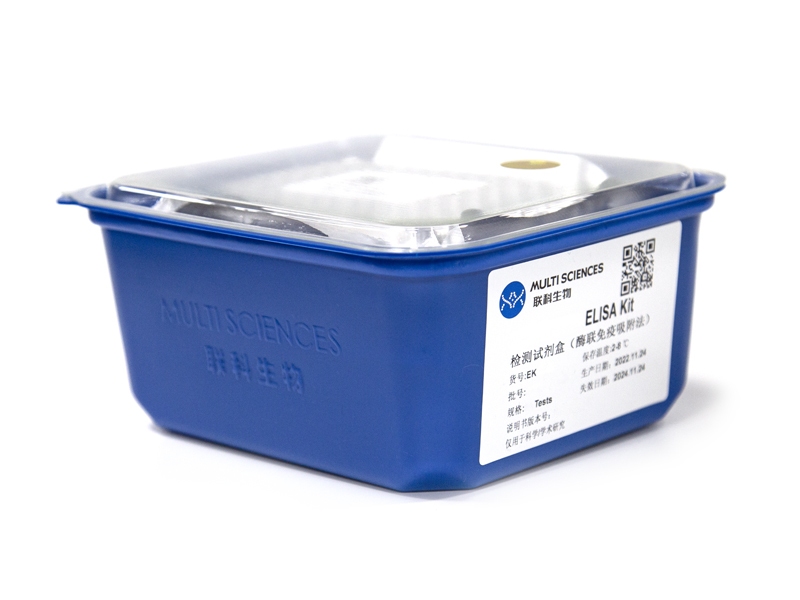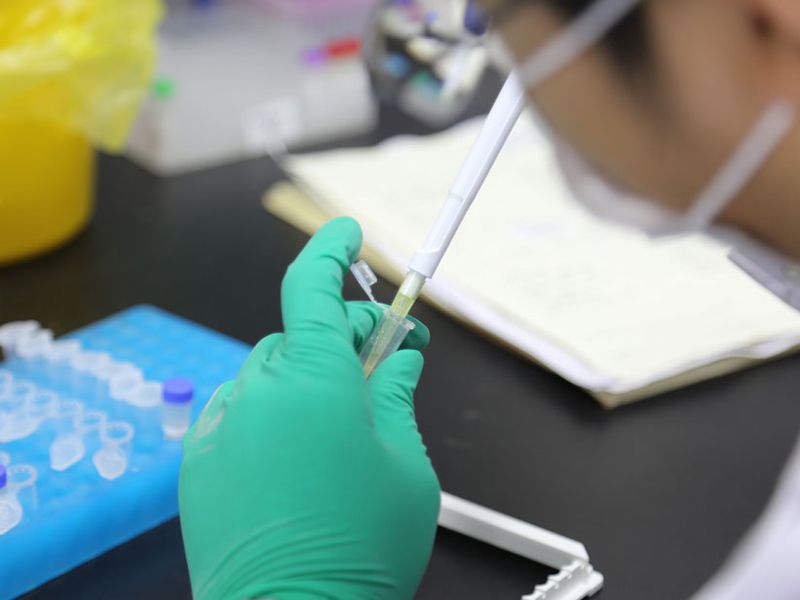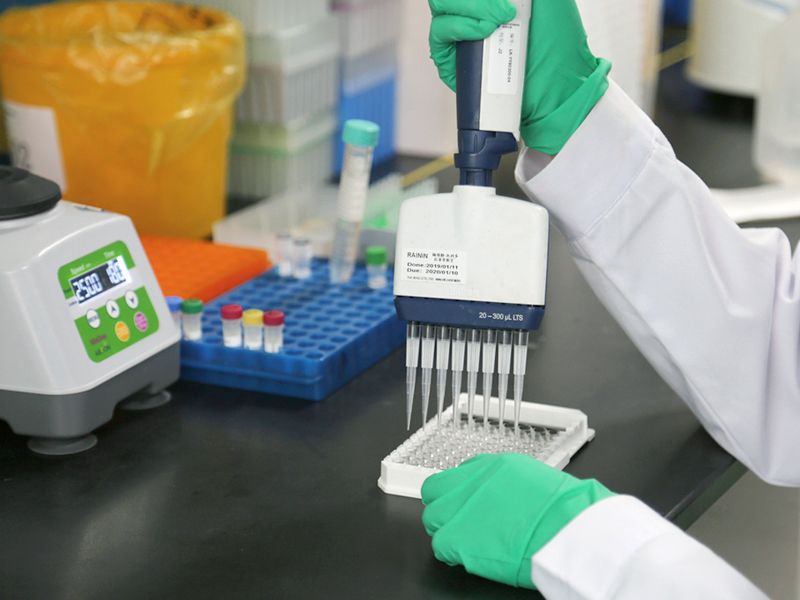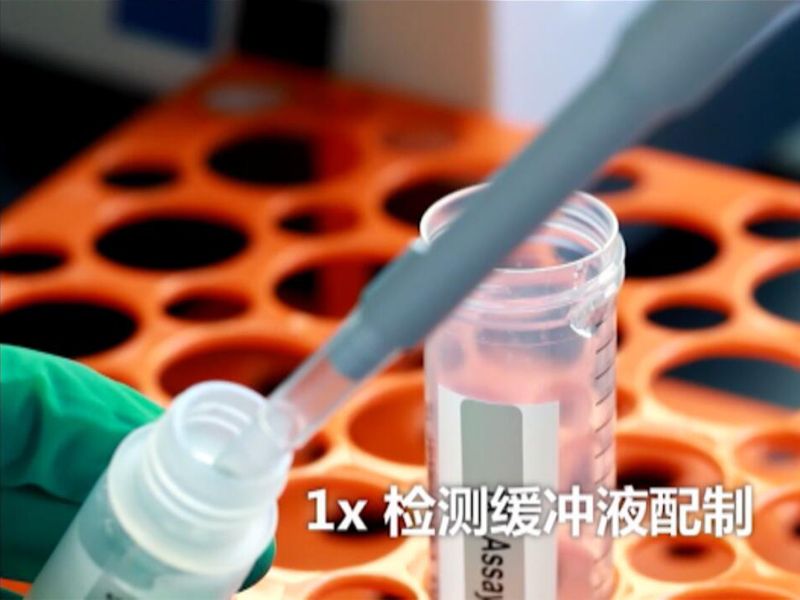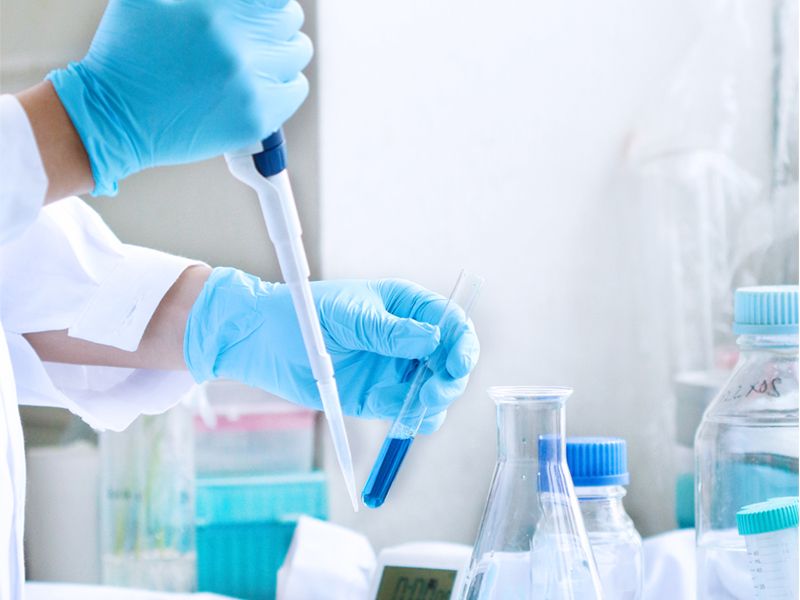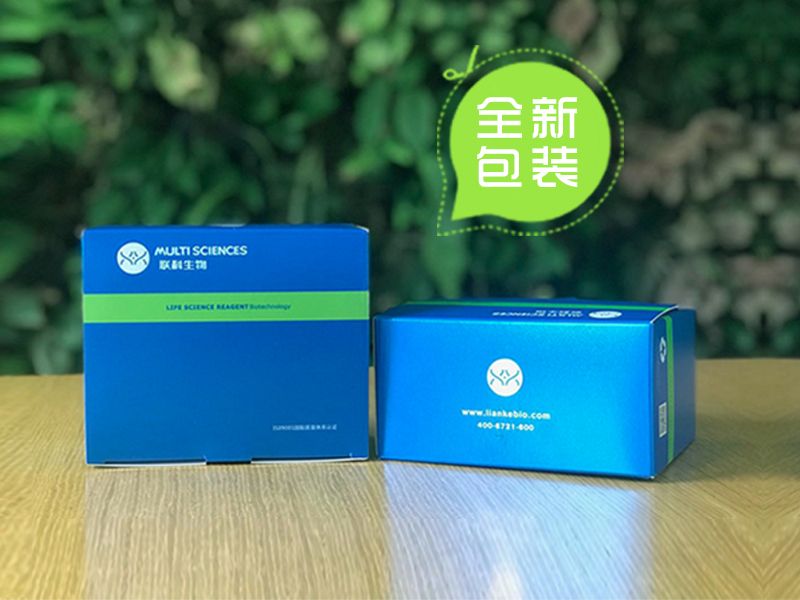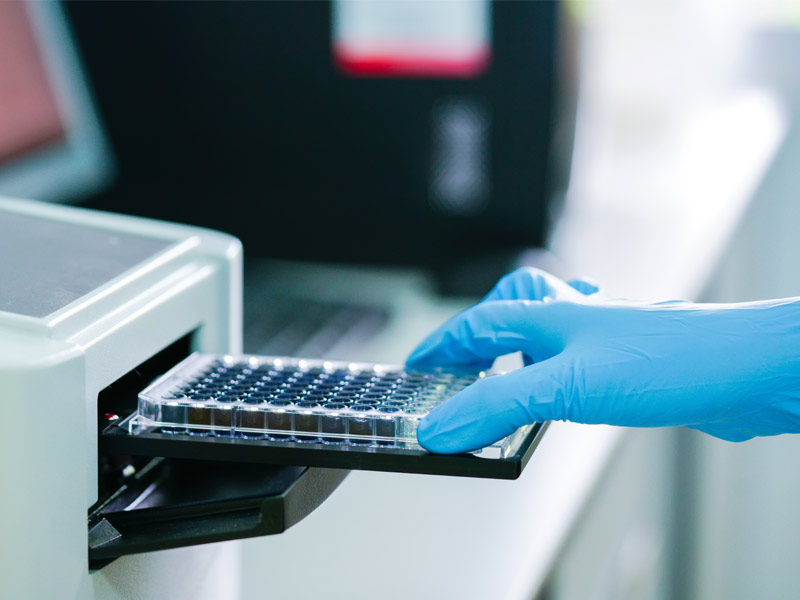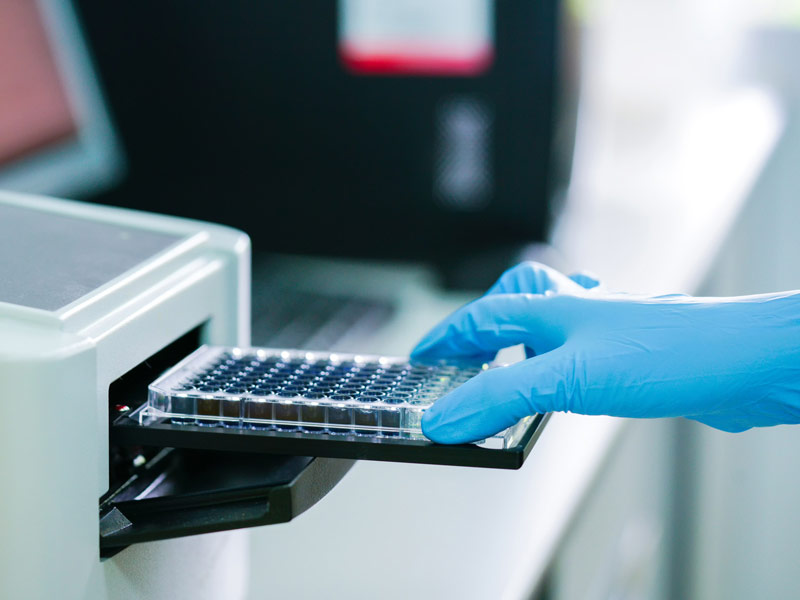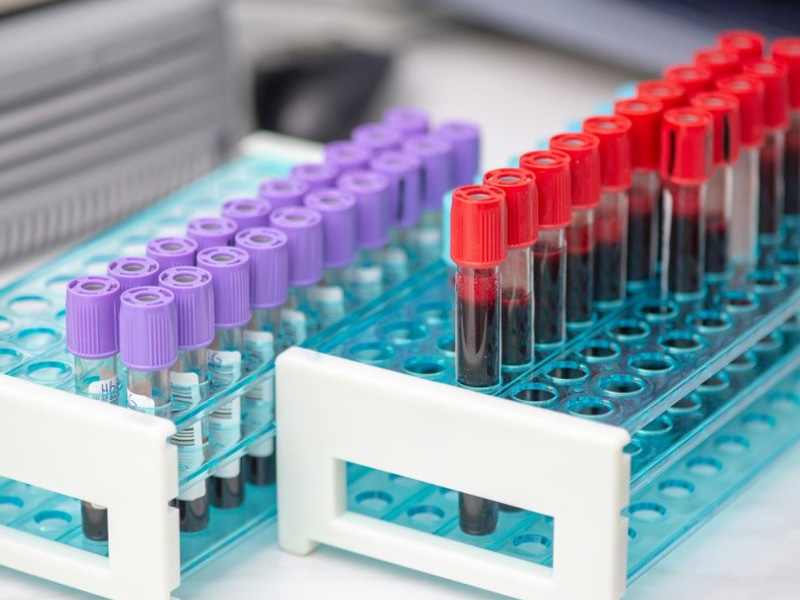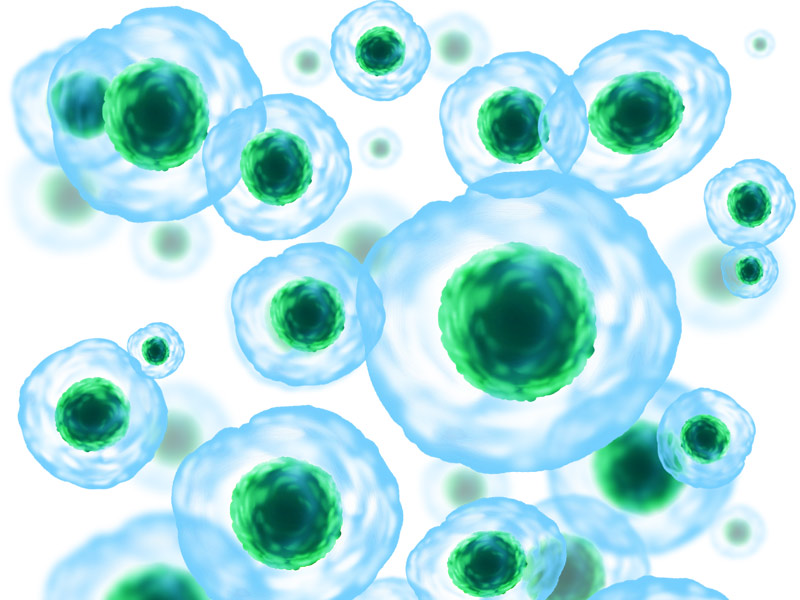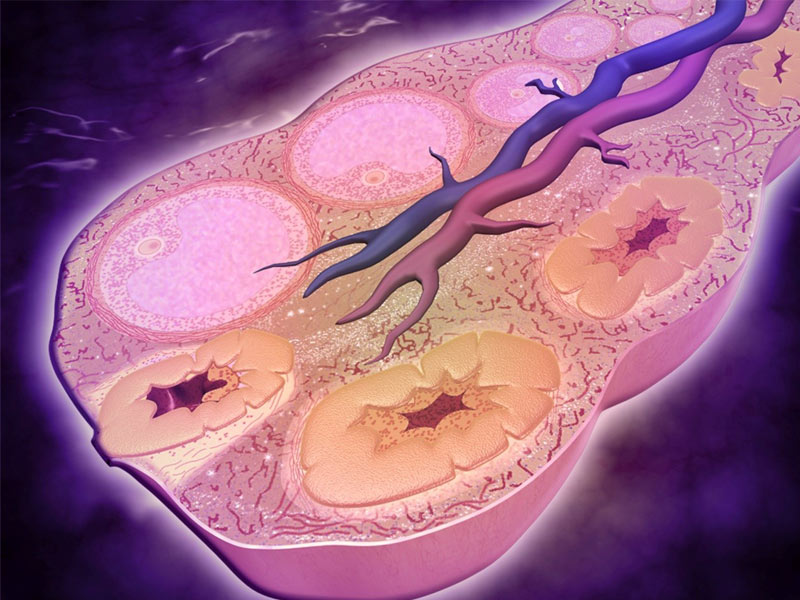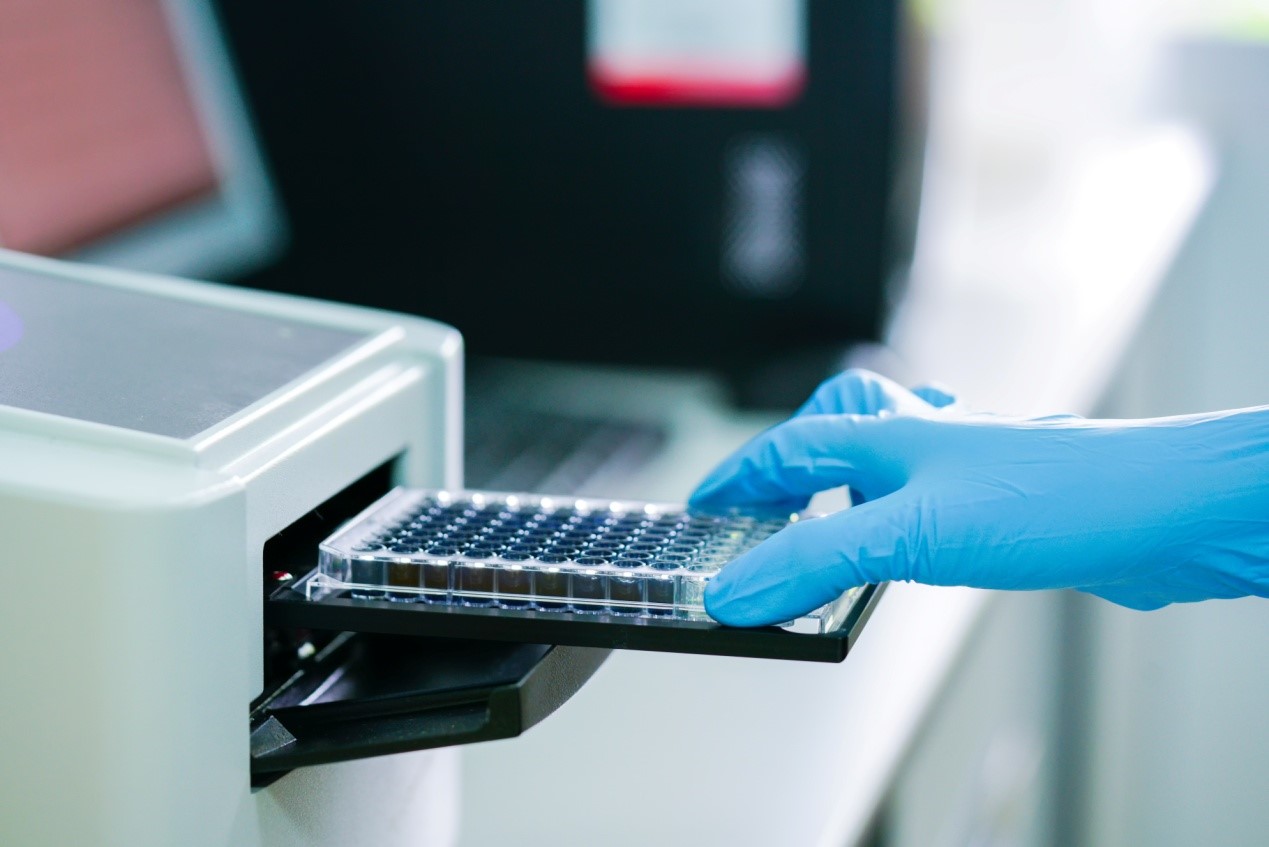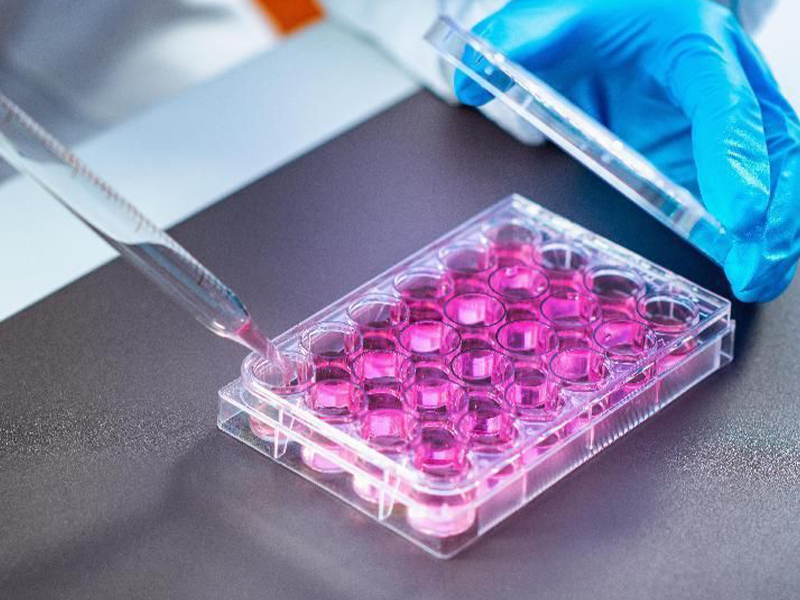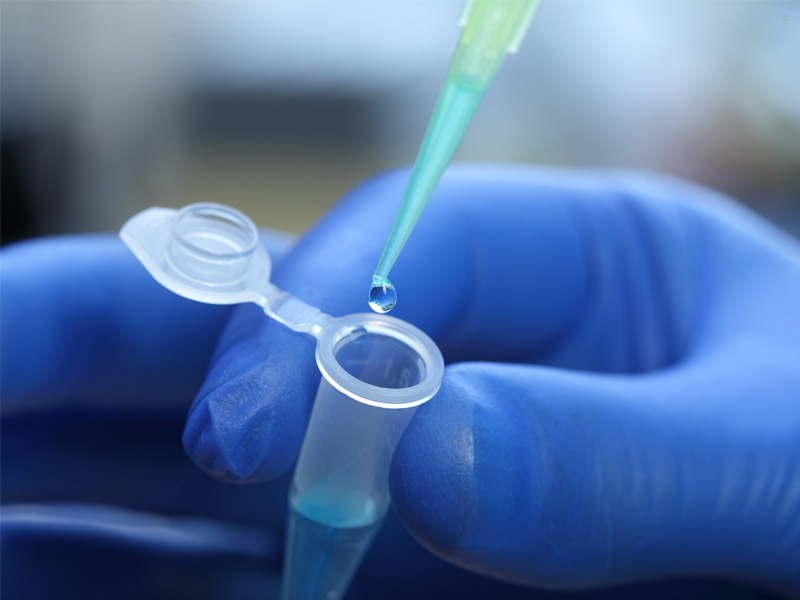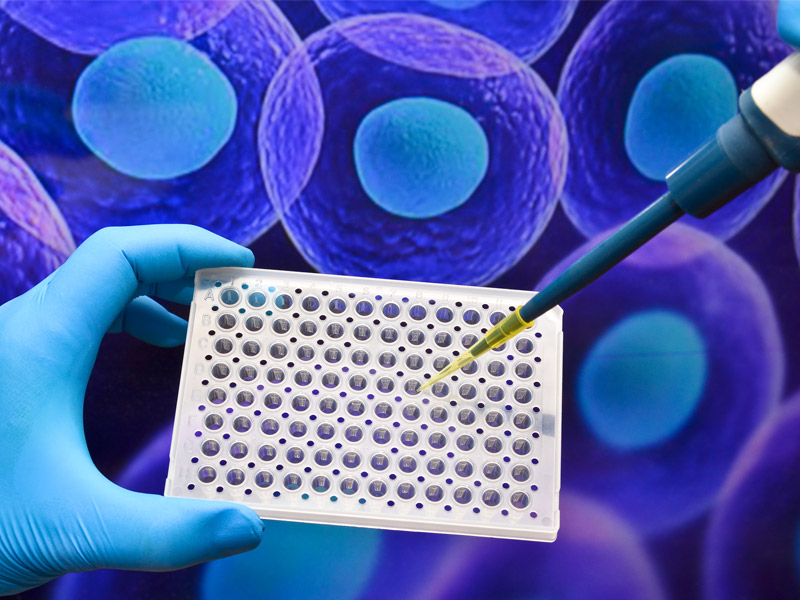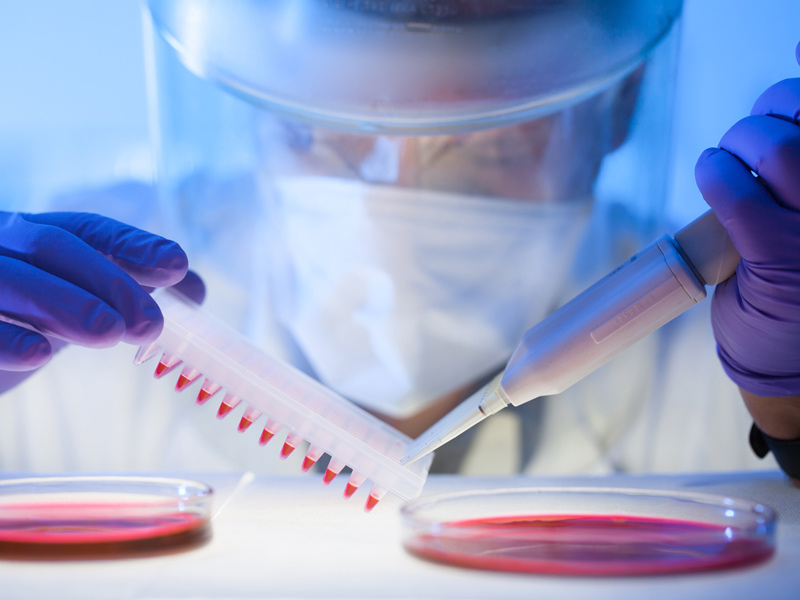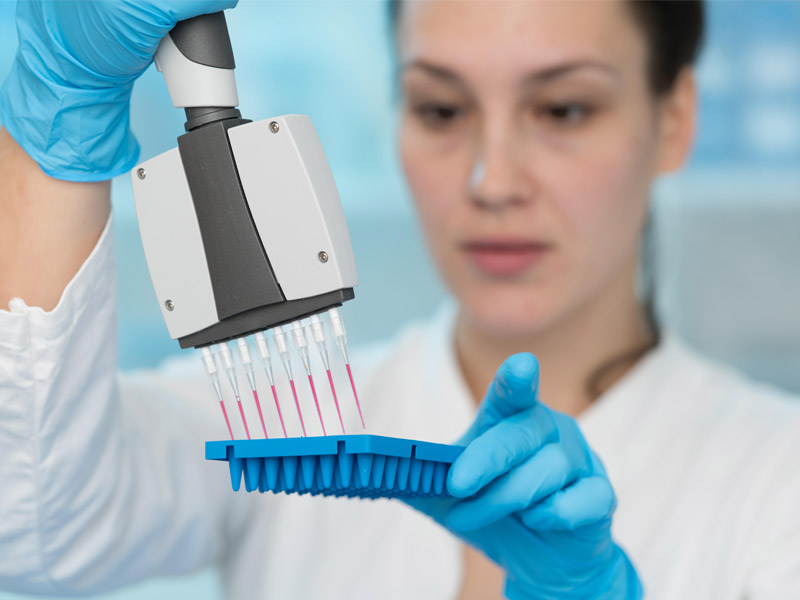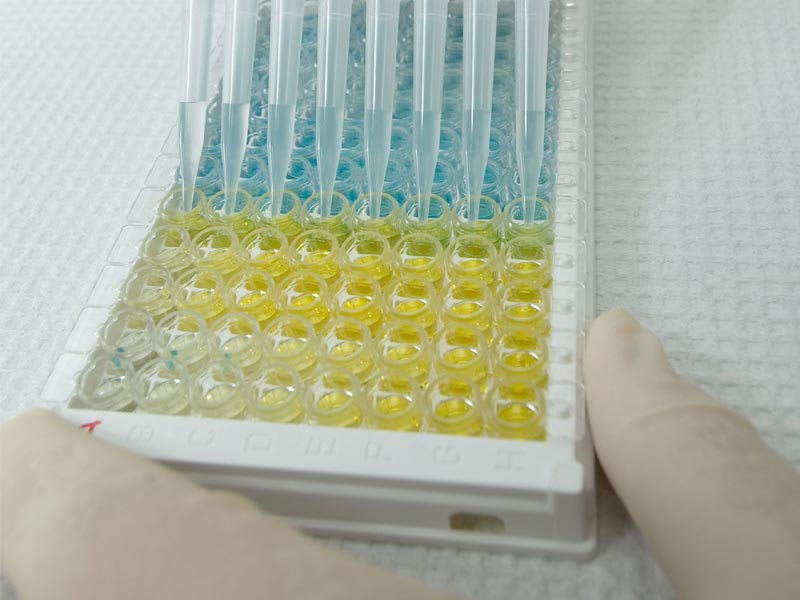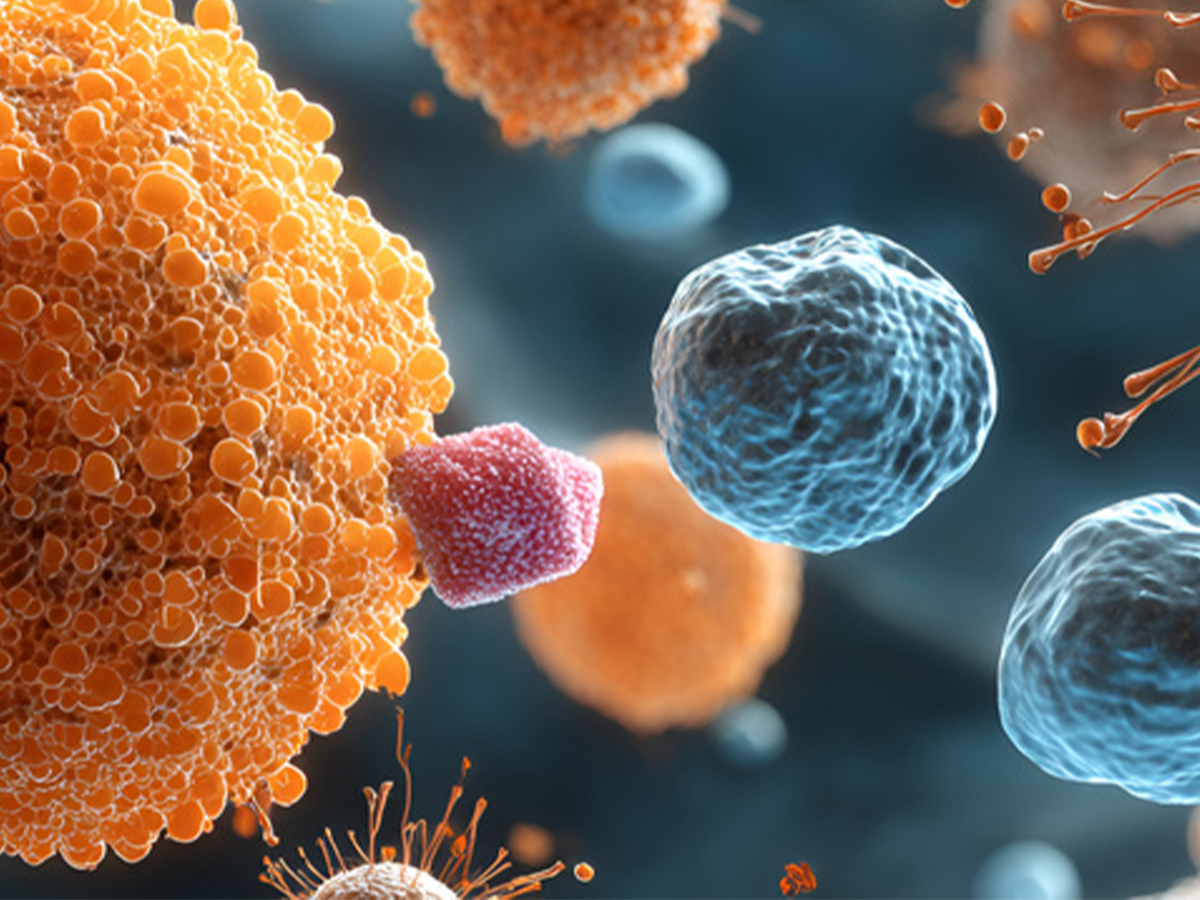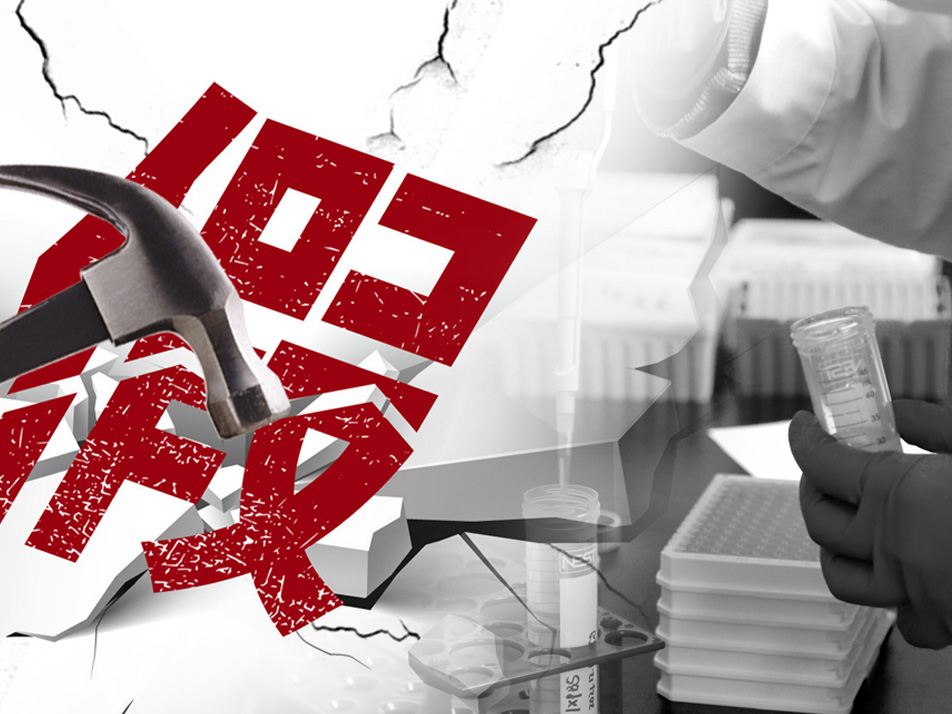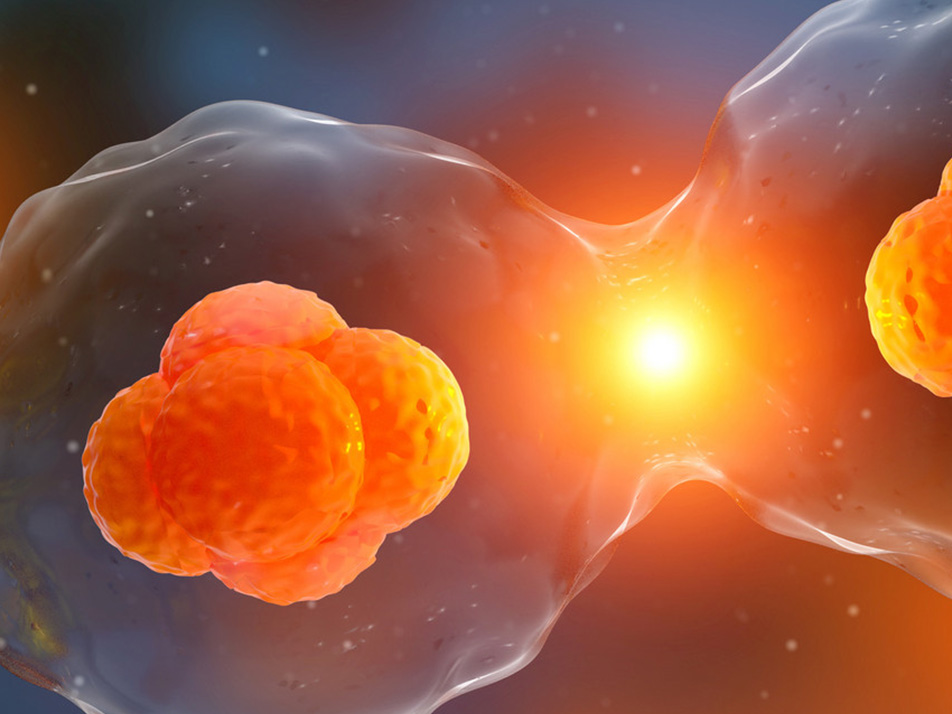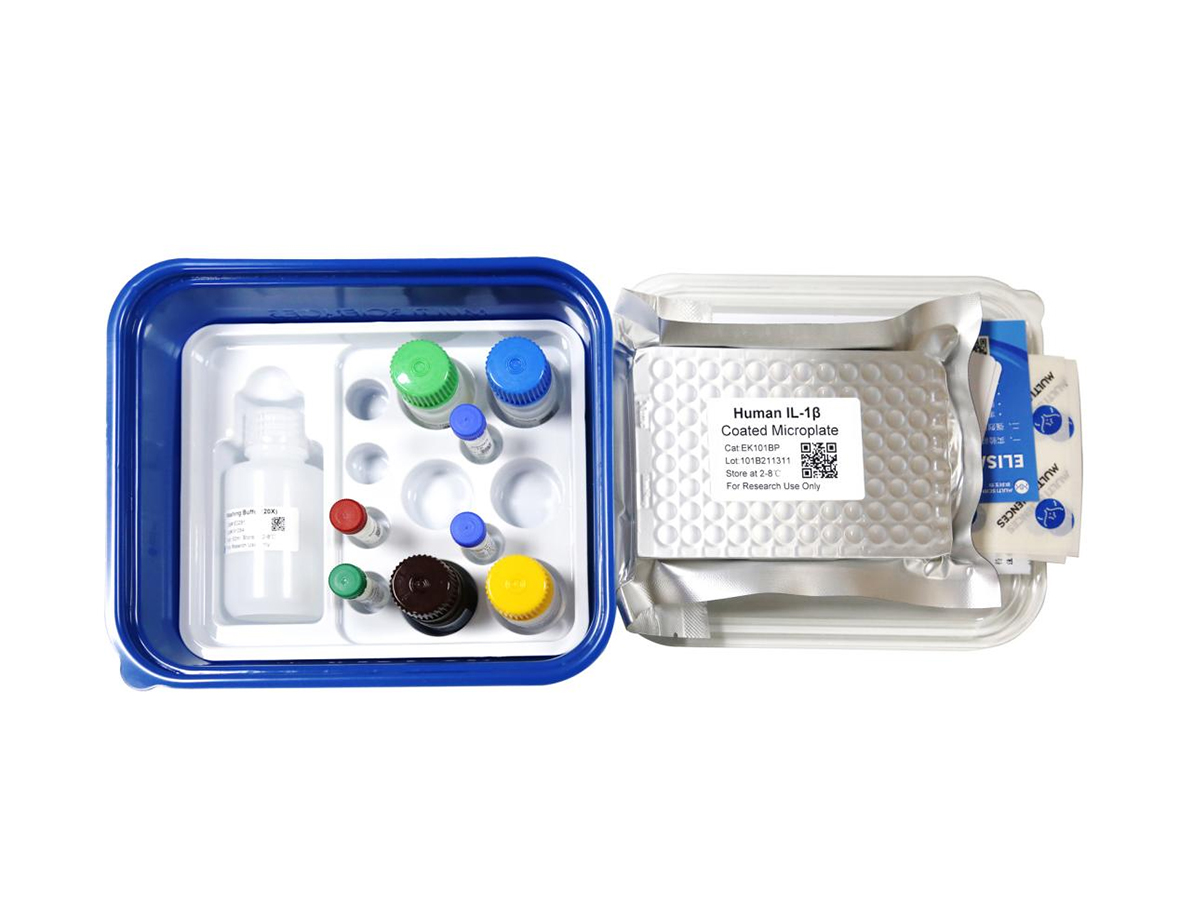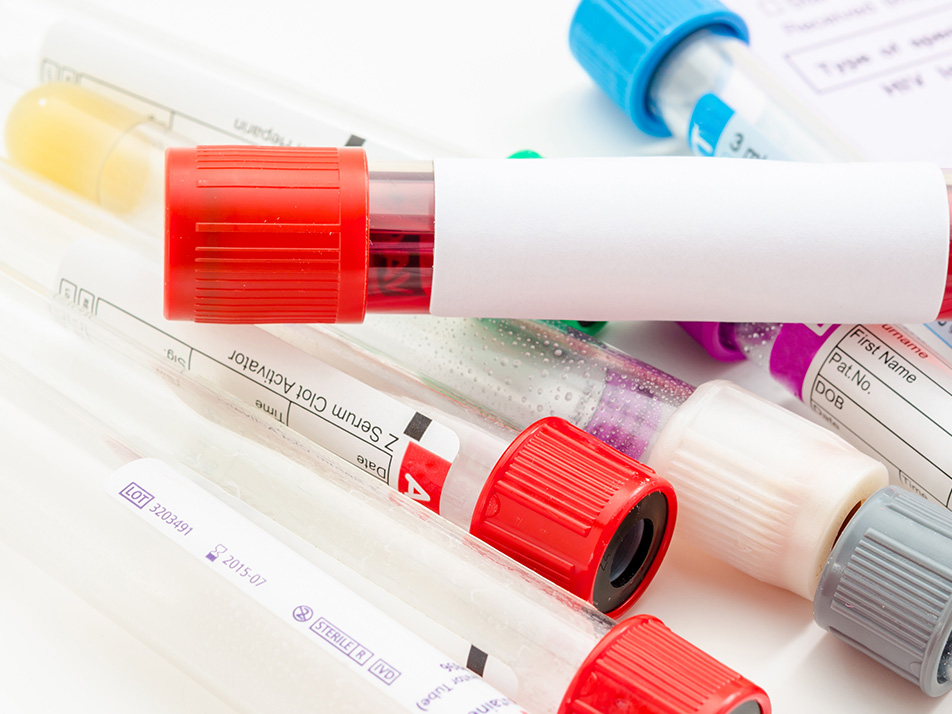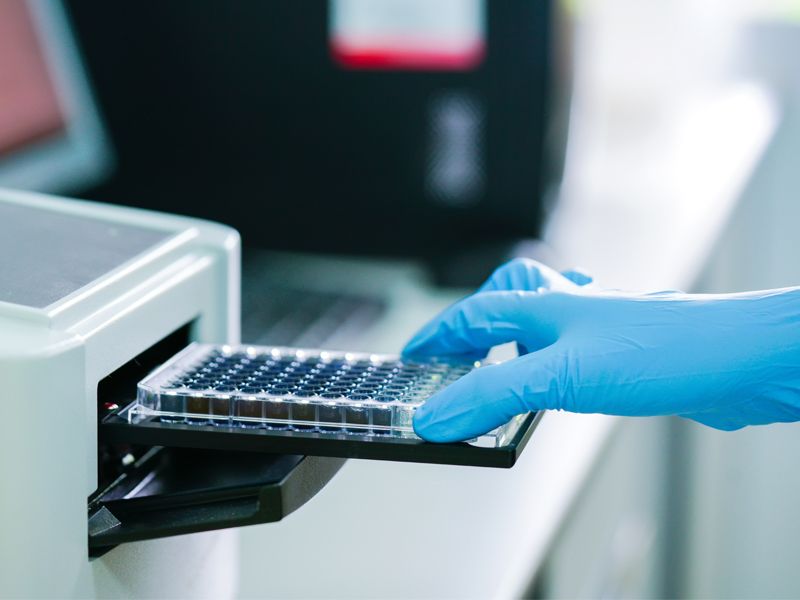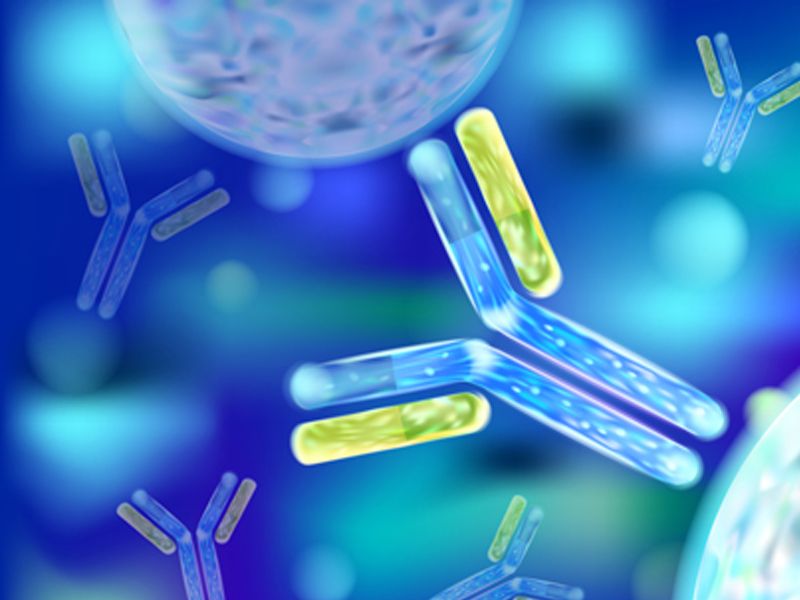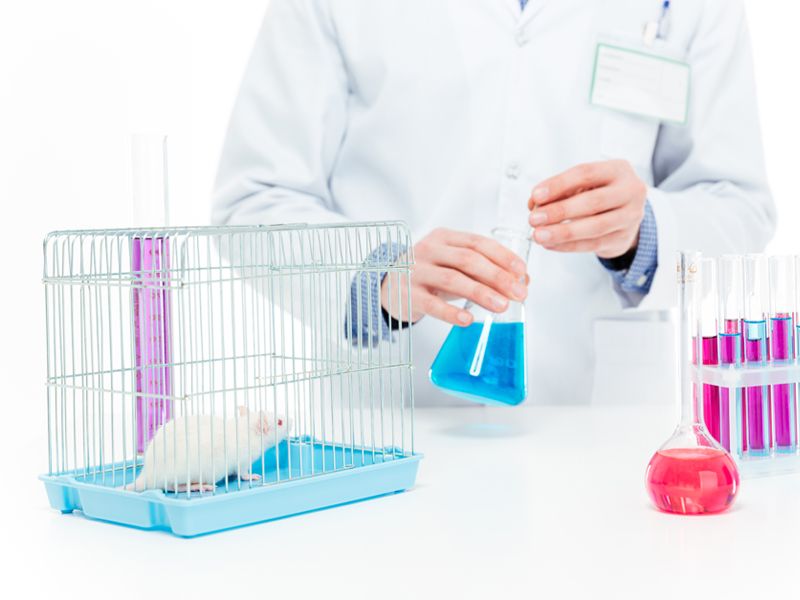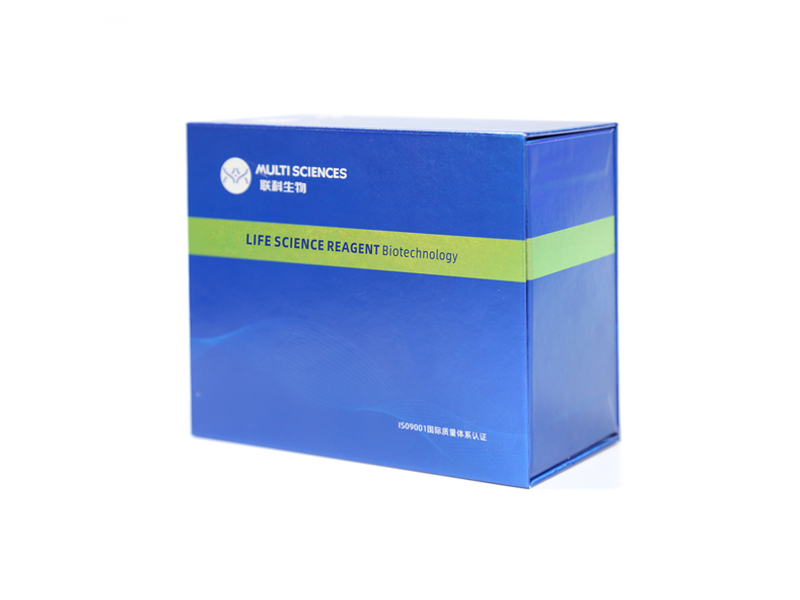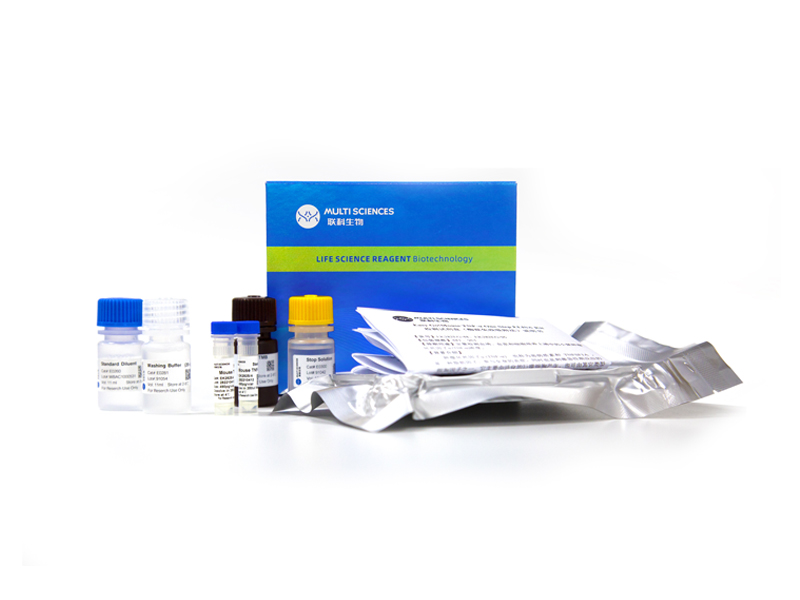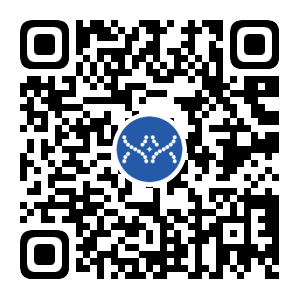Human CCL17/TARC Standard (人趋化因子配体17 标准品)
¥180.00
文章目录[隐藏]
本产品只包含标准品试剂,如需购买试剂盒请点击下图
-
- EK1115
- ELISA试剂盒
Human CCL17/TARC ELISA Kit检测试剂盒(酶联免疫吸附法)
- ¥1,600.00 – ¥2,650.00
| 商品名 |
Human CCL17/TARC Standard (人趋化因子配体17 标准品) |
|---|---|
| 组分 |
人CCL17/TARCA 标准品 |
| 板式 |
管 |
| 保存 |
短期4℃,长期-20℃保存 |
| 运输条件 |
4℃蓝冰运输 |
分子信息
CCL17 分子靶点信息概述
- 分子名:CCL17, C-C motif chemokine ligand 17
- 基因家族:Chemokine ligands
- 别名:TARC; ABCD-2
- 曾用名:SCYA17
- 全称:small inducible cytokine subfamily A (Cys-Cys), member 17; chemokine (C-C motif) ligand 17
CCL17 分子靶点综述
趋化因子配体(CCL17),也称为胸腺活化调节趋化因子(TARC),是CC趋化因子家族的小分子量细胞因子。CCL17编码基因连同其它趋化因子CCL22和CX3CL1在人类中位于第16号染色体。CCL17组成性表达于胸腺中,在植物血凝素(PHA)刺激的外周血单个核细胞中瞬时表达。该趋化因子特异性地与T细胞结合,并通过与趋化因子受体CCR4结合展现其趋化作用。
人 Human CCL17 分子靶点信息
- 分子名:CCL17, C-C motif chemokine ligand 17
- 别称:
- A-152E5.3
- ABCD-2
- C-C motif chemokine 17
- CC chemokine TARC
- chemokine (C-C motif) ligand 17
- MGC138271
- MGC138273
- SCYA17
- small inducible cytokine subfamily A (Cys-Cys), member 17
- small-inducible cytokine A17
- T cell-directed CC chemokine
- TARC
- thymus and activation-regulated chemokine
- 基因序列:NCBI_Gene: 6361
- 蛋白序列:UniProtKB: Q92583
人 Human CCL17靶点分子功能(预测)
Predicted to enable CCR chemokine receptor binding activity and chemokine activity. Involved in antimicrobial humoral immune response mediated by antimicrobial peptide and killing of cells of other organism. Predicted to be located in extracellular region. Predicted to be active in extracellular space. Biomarker of several diseases, including allergic bronchopulmonary aspergillosis; cystic fibrosis; lung disease (multiple); pulmonary eosinophilia; and respiratory syncytial virus infectious disease.


